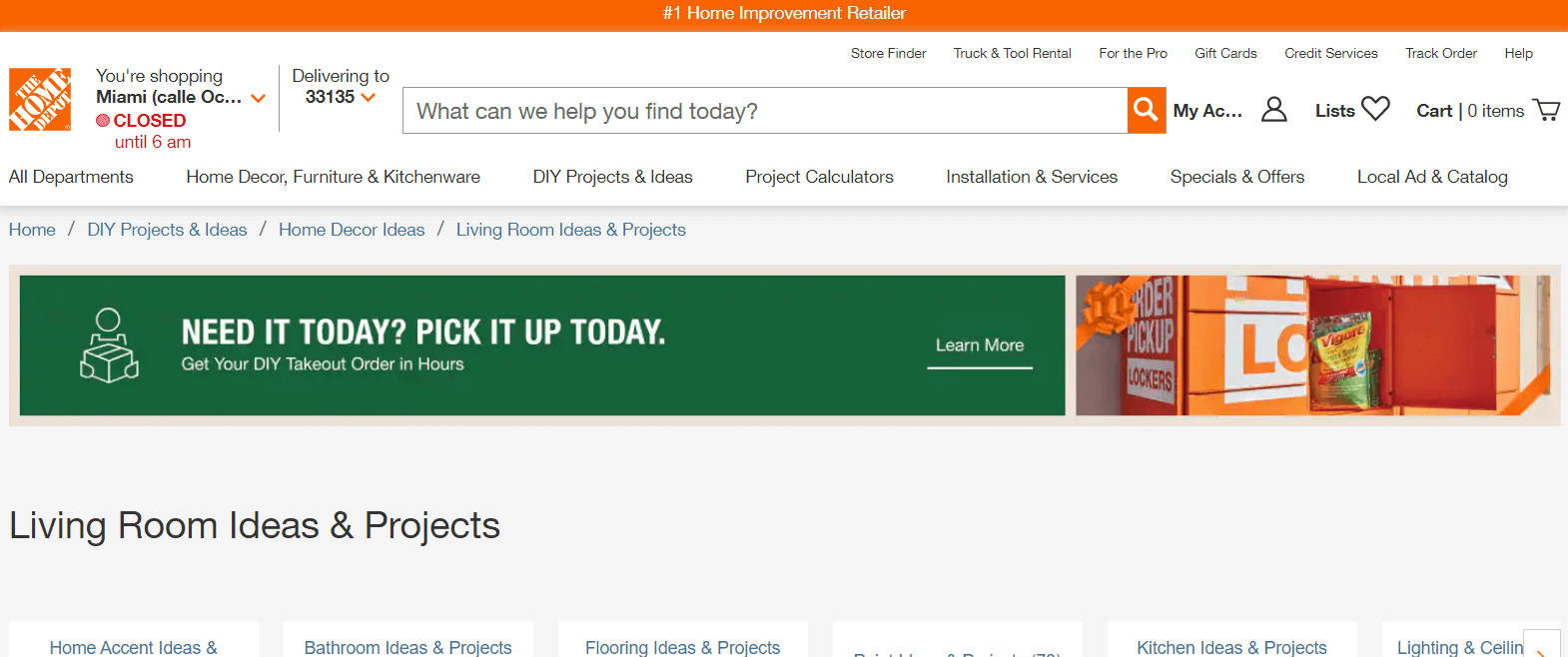
Your cash flow is as important as any other financial metric, and can make or break your online business. In the beginning, some people may confuse profit and cash flow. Let’s briefly see what cash flow means, how it’s different from profit, and its different sources in e-commerce cash inflow.
What Is Cash Flow?
Cash flow is the net of cash and cash equivalents in and out of business for operating, financing, and investing activities. This includes cash received in the business and used (spent or invested) by the business and debt repayments. There are two main types of cash flow:
- Cash inflow: Cash received into the business represents cash inflows
- Cash outflow: Cash spent represents cash outflows
Cash Flow vs. Profit
Cash flow refers to money (cash and cash equivalents) “flowing” in and out of business. The cash the business receives and those it spends to support its operation and growth. Profit is the financial gain when the business’s revenue exceeds cash spent (on expenses, tax, and costs). To operate, finance, and invest in its activities.
Profit is the income statement’s bottom line, while cash flow is net cash resulting from cash inflows and outflows, so profit is a result of cash flow. A business can’t maintain operational efficiency and sustenance without adequate cash flow.
Sources of Cash Flow in e-Commerce Businesses
E-commerce businesses typically have slim profit margins, especially if you’re selling products online. Profit margins may be larger for service businesses (like SaaS), but they also have little room for error. Finding your cash flow sources can help you improve your net and overall business profit. Here are five sources of cash for e-commerce businesses:
Sales
e-commerce stores are in business to sell. This is their key source of cash inflow. Whether they sell products or services, any sale is a source of cash inflow to the business. To increase the cash inflow, offering shorter payment cycles rather than longer ones like 30-day or 90-day payment terms may be a good option.
Brand Sponsorships
e-commerce brands can also gain sponsorships for their merchandise and sales. Sponsored content is a great source of cash inflow and revenue that e-commerce businesses can explore. An example of sponsored content is James Corden and Starbucks video. This created increased brand awareness for Starbucks’ online store.
Deals and Partnerships
Deals and strategic partnerships are like sponsorships but more complex. An example is the Notre Dame and Fanatics.com Merchandising partnership. Notre Dame partnered with Fanatics because of the business focus on the e-commerce shopping experience. They both benefited from the partnership for improved exposure and increased cash flow.
Web Ads
If you’re a large e-commerce company with a lot of content, do two things:
- Optimize your site (SEO) for increased organic traffic away from your retail goods/services. This could be a blog site or a different resources page.
- Sing up that page for ads.
Other brands can pay for ads, and whenever they appear on your site, and someone clicks on the ad, you’ll get paid. This can be a source of revenue and cash inflow for brands with few products but higher large content pools with high traffic.
Endnote
Moving to an e-commerce platform was once a startup thing but is now a growing trend throughout the business world. e-commerce opens up many opportunities for businesses, including increased cash inflow streams. e-commerce can capitalize on these opportunities to increase its revenue streams and profits.

